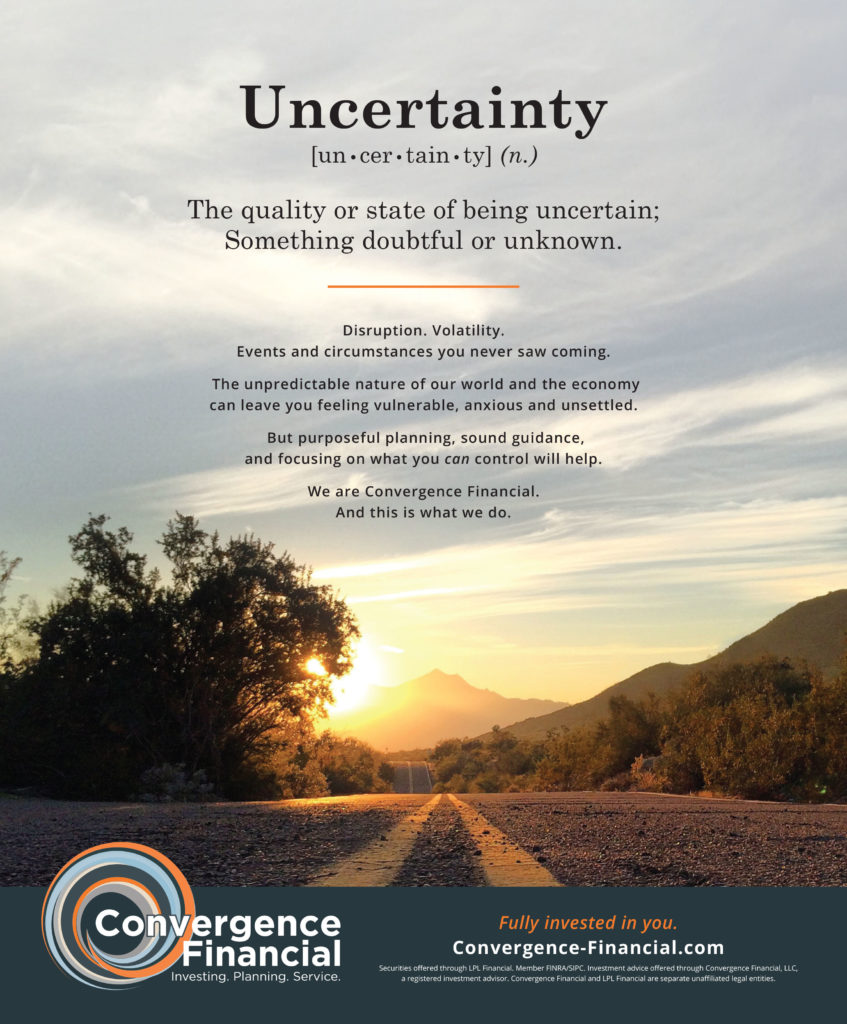Unusual Economic Indicators
By Heather Hoffman, Marketing and Communications Specialist
02/2024
We see odd coincidences every day. Whether it’s the song that you only seem to hear in the produce aisle, or your favorite team losing every time your lucky socks are in the washer, these can quickly form as trends in our minds. The stock market is not immune to this, and it’s where some of the more interesting economic indicators come from. While they shouldn’t be used in your latest “get rich quick” scheme, they can be fun to keep up with. One of these indicators is about to make its claim for the year: The Super Bowl Indicator.
The Super Bowl Indicator
The Super Bowl indicator has been around since 1978. Its theory states if a team from the American Football Conference (AFC) wins the Super Bowl for the National Football League (NFL), the Dow Jones Industrial Average (DIJA) will decline in the upcoming year. If a team from the National Football Conference (NFC) wins the Super Bowl, the DJIA will rise for that year.
At the year of its introduction, it had never been wrong. Well, if you count the Pittsburgh Steelers as part of the NFC, where they began, instead of the AFC, where they are now. Some say Leonard Koppett only included them in the NFC because it supported his indicator up until that point. Maybe, maybe not. The indicator is not based on any fact to begin with, only correlation.
At the end of 2022, the indicator had a success rate of 73%, or 41 out of 56 times. When segmenting different parts of the indicator, this rate can be even higher. When NFC teams are the champions, predicting the market will rise, the indicator was correct 82% of the time. When Super Bowl attendance was reported to be above average, the indicator was correct 94% of the time. On the other hand, the indicator was incorrect 6 out of 7 times from 2016- 2022.
The Super Bowl Indicator is just a fun way to look at the market, but it has no fact behind it, and it shouldn’t be used to make financial decisions. It’s important to keep in mind that correlation does not equal causation. There are some other indicators that could be interesting to follow:
The Lipstick Indicator
This indicator, first stated by Leonard Lauder in 2001, suggests there is an inverse correlation between cosmetic sales and overall economic health. Lauder, the chairman of Estee Lauder, shared they noticed customers turning to small luxuries, like expensive lipstick, during poor economic times. They use “small luxuries” as a comparison to designer bags or clothes, not compared to other lipsticks. After the attacks on September 11th, the company’s sales increased by 40%, and other companies reported similar results. So even as consumer spending as a whole dropped, their sales rose. Researchers have theorized that women purchase expensive beauty enhancing products in general, not just lipstick. During the peak of COVID-19, fragrance sales boosted in lieu of lipstick, due to the mask regulation.
The Sports Illustrated Swimsuit Edition Cover Model Indicator
This indicator follows what country the model on the cover of the Sports Illustrated Swimsuit edition is from. If the model is from the United States, the S&P is expected to outperform its historical returns. In the past 30 years, years with an American model have averaged an annual return of 13.9%, and non-American model years have averaged 7.2%. With the average overall return at 10.7%, it does seem to trend more positive. This indicator has become more difficult to track with Sports Illustrated now releasing multiple swimsuit editions a year.
The Cardboard Box Indicator
This indicator states that the more demand for cardboard boxes, the more the economy is growing due to factory production and shipment of orders. Federal Reserve chairman, Alan Greenspan, is said to have looked at this indicator for insight into manufacturing performance. This indicator has not been back-tested historically.
The Big Mac Index
The cost of a Big Mac is evaluated in 120 countries by currency traders. The index was selected because Big Macs are essentially the same product in every country, so it would make sense for it to be worth the same. Currency traders compare the price of the Big Mac using exchange rates to see if a country’s currency is overvalued or undervalued. The Economist was the first to introduce the Big Mac index in 1986.
The Champagne Index
In 1980, economists made a connection between champagne consumption and economic health. When people are feeling celebratory, champagne has been a trending drink of choice. When the economy is doing poorly, celebration tends to slow. In 2006, shipments of champagne to the United States hit 23.1 million bottles. But when the recession hit, shipments fell to 12.5 million bottles by 2009.
While some of these economic indicators might seem like they’re based in fact, that’s not exactly the case. Theorists have taken trends and turned them into something to watch within the economy. It is never wise to base your investment strategy on one theory. But, it might make you think the next time you get a Big Mac or decide which team to root for in the Super Bowl!
The opinions voiced are for general information only and are not intended to provide specific advice or recommendations for any individual.



